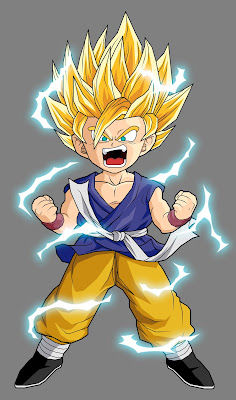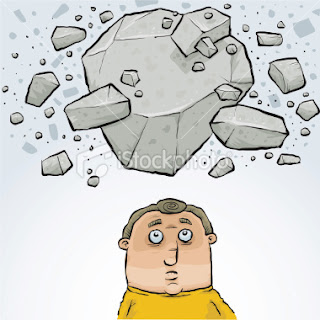This is the last of the most recent series of questions from Paizo's Gamemastery book. After this, I don't think I will be doing any more, at least not for awhile. If I do any more, they will be island-specific or something.
1. How did the world come to be?
How the Land-That-Was came to be is lost in antiquity. Most believe it was created by the Malakhim. How it came to end is a much more hotly debated topic. Most of the peasantry blame mages and (since they rarely understand the difference) psions for meddling in things that they should not. Some theorize that a group of them accidentally (or maliciously) created the Vortex and the Vortex destroyed the Land-That-Was. Some sages claim the Vortex was a punishment from the Malakhim for the the hubris of the Land-That-Was. The Dragonkings pay fealty to the Dragon Emperor because he warned his kin in time for them to establish the Sanctums.
All the theories of all the people are one thing. The truth is another. Likely, it is buried in the Underworld with everything else from the Land-That-Was.
The current world is a result of the Reckoning. There are no reliable maps and information beyond just a few miles of the walls is about all any Sanctum knows about their current world. It's different than it used to be, that's all most people know.
2. What is the nature of the Gods?
The Malakhim are almighty beings that are simply "beyond" the weaknesses of the world. With the exception of Samael, they are generally benevolent beings who provide a source of magic that is generally helpful to their followers. Samael, however is a vindictive and cruel creature. Some claim he alone is the source of the Vortex as a manifestation of his hatred.
3. What is the source of magic?
Depends on what kind. Arcane magic is a manipulation of otherworldly energies through creative inspiration or careful study (or both). Divine magic comes from the channeling of the Malakhim through a mortal catalyst. Psionics is basically 'mind over matter'. The Force is a meta physical energy field.
4. What happens when you die?
Nobody is really sure. Clerics attest that your soul goes on to be with the Malakhim. Force users believe your energy becomes part of the Force itself. Those who are resurrected through magic find that they have no memory of anything beyond this world. Most sentient undead claim there is nothing after death. Bleak, eternal, nothing.
5. What cycles of events define the calendar?
More or less, the same as our world. However, seasons can be a bit wonky. The Reckoning opened odd connections to this world from others. Some areas where the climate is generally warm have massive glaciers that stretch for miles and never thaw or see spring.
6. What do you see when you look at the sky?
During the day, the sun and the sky. At night, a multitude of stars and the moon.
7. What constitutes cutting-edge technology?
Common "cutting-edge" technology is limited to worked iron and steel items. Relics from the the Land-That-Was are scattered across the Maelstrom. Some Sanctums have printing presses, others have early firearms, still others have stone-age tools and weapons. Rumors of technological wonders like mecha and laser weaponry persist.
8. Where do monsters come from?
Evil cannot create, it must corrupt. Most monsters are mortals warped by the sins of Samael. Over time, sometimes through generations the taint of Samael alters and warps the flesh and mind. Many monsters used to be mages or clerics whose souls were consumed and their bodies twisted into new and terrible forms.
9. Which is strongest: magic, gods, or nature?
Gods...but they are all pretty powerful.
10. If I drop this off the balcony, what happens?
Depends. Usually it will fall, but if you are in a Vortex-scarred area, gravity might not work quite right. It may fall slowly, or hover for a bit, fall for a bit, then hover. In the protection of a Sanctum, it will usually fall. If it does not, you may want to contact the nearest tordek.









